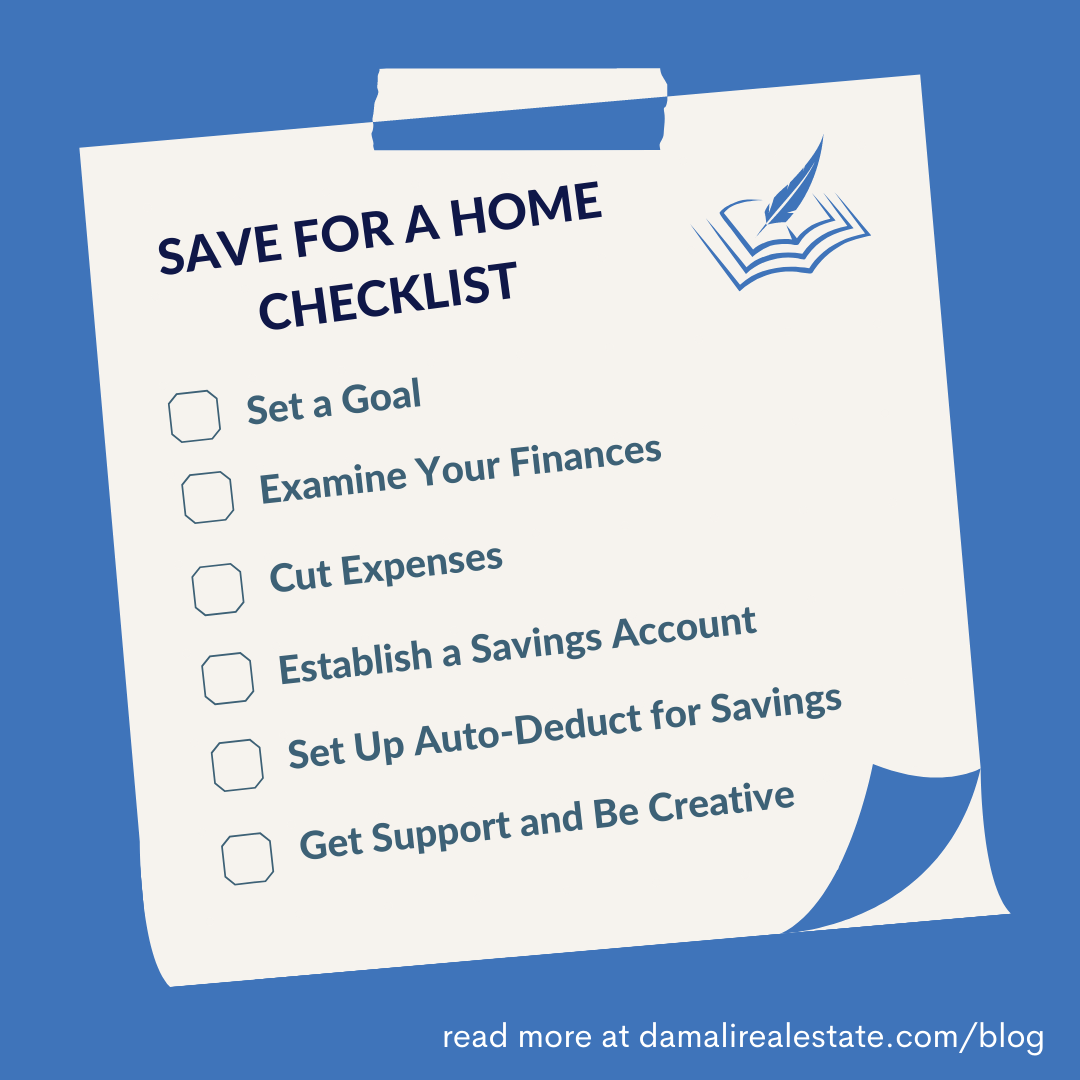How To Save For Your First Home Without A Side Hustle Or Second Job
You don’t have to have a side-hustle or work a second job to be a homeowner. A positive attitude, a good strategy and a little time will help you reach your goals.
Set a Goal: know what you want, articulate it clearly and specifically, and take action. Look at houses in your price range and talk to a real estate agent to get an estimate of how much money you’ll need for a down payment and closing costs.
Mortgage down payments can be between 3% and 15% of a property's purchase price. At this rate, lenders will require private mortgage insurance (PMI) which protects the bank if payments aren't made. For example, PMI on a $300k property averages about $187 per month.
Lenders like to see at least 20%. You’ll avoid the PMI expense and more of your money can go into your investment. A bigger down payment will also decrease your overall monthly mortgage.
Check out these savings calculators to figure out how many months it will take to reach your savings goal: Nerd Wallet, Bankrate and Investor.gov
Examine Your Finances: create a budget that lists all income and expenses from the past 3 months. Include absolutely everything - meals, subscription services and credit card interest are often missed. You might be surprised to learn how much money you’re spending week-to-week. Download a Free Budget Worksheet to get started.
Cut Expenses: Identify expenses that you can realistically cut or reduce during your savings period. Consider skipping a vacation, eating out less, getting rid of cable tv, or spending less on clothes and shoes.
Establish a Dedicated Savings Account: having a separate account for your savings will make it easier to stay on track and watch your funds grow. In addition, CD’s, money market, or other types of high-yield savings accounts can help you reach your goal faster than putting the money ‘to the side’ in your checking account. Ally Financial and One United Bank both have very good products and competitive rates
Auto-Deduct Savings From Your Paycheck: Once you know how much you want to save each month and for how long, set up your paycheck to be split between your checking and savings account accordingly. You can usually do this with the payroll department at your job, or by scheduling regular transfers through your bank.
Get Support and Be Creative: Let your friends and family know that you’re saving to purchase a property and ask them to hold you accountable. Be creative and think of fun ways to spend quality time for little to no money. Let your loved ones know that monetary gifts are welcomed for birthdays and other special occasions and put that extra cash directly into savings.
Saving for your first home could be 16 months or more. Try to set realistic goals, be patient, extend yourself grace and remind yourself that you’re doing something phenomenal for yourself and your family. We can learn a lot about loving ourselves when we choose to live more humbly, follow through on our plans and celebrate our successes along the way.


